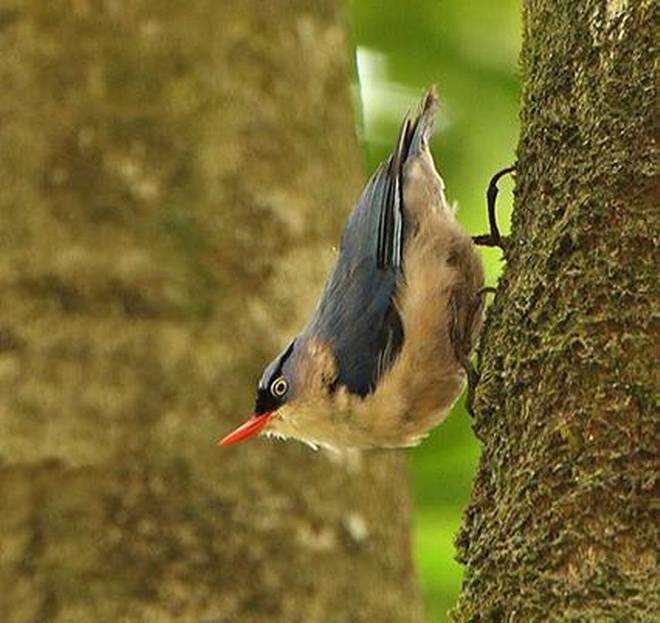
Arabica coffee helps both farmers and wild birds in the Ghats.
Coffee lovers may be discerning about their sweet arabica brews and the bolder robusta ones, but both types help maintain the diversity of wild birds in the Western Ghats. One, a little more than the other.
Arabica grows under the deep shade of native trees, with benefits for both farmers and birds. The surprise is that Robusta, also grown under native shade, is not far behind in the Ghats, unlike in other parts of the world.
These insights from a group of researchers were published in the journal Scientific Reports.
Native trees are cut down to grow robusta, in order to give it more sunlight, earning this coffee the tag of being inhospitable to wildlife. In Vietnam, for instance, full-sun coffee growth occurred at the expense of native trees. India too has leaned towards robusta: between 1950 and 2015, planted area under robusta grew by 840% while arabica grew by 327%.
Scientists from the Wildlife Conservation Society (WCS-India) and USA’s Princeton University compared bird diversity in 61 arabica and robusta estates across Chikkamagaluru, Hassan and Kodagu districts in Karnataka.
Some surprises
What they found is that the plantations supported 79 species of forest-dependent birds in all, but arabica estates hosted twice the number of endemic birds than robusta. They also supported more birds that depend on forests, and eat fruits, insects and other food. Interviews with 344 coffee-growers showed that arabica was more profitable, with returns of around ₹1 lakh per hectare.
Yet, surprisingly, robusta plantations also hosted high bird diversity. “To our surprise, robusta agroforests had much higher diversity of birds that are specifically adapted to the habitat than we expected,” says scientist Krithi Karanth of WCS-India, who led the study.
Since robusta farmers in the Western Ghats retain native trees, they have been able to preserve the complex canopy structure, setting them apart from others worldwide, says Ms. Karanth.
“Though the current selling rate for robusta is only around ₹3,000 for a 50-kg-bag, it is easier to grow,” explains Suresh M. D., who owns a one-acre coffee plantation of both coffee types.
source: http://www.thehindu.com / The Hindu / Home> Sci-Tech> Environment / by Aathira Perinchery / Kochi – February 16th, 2018

